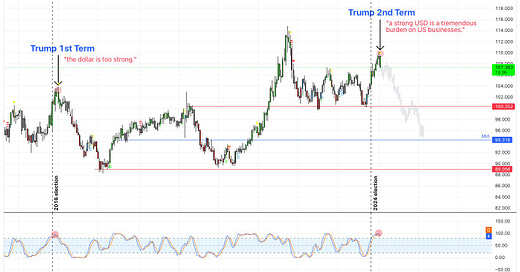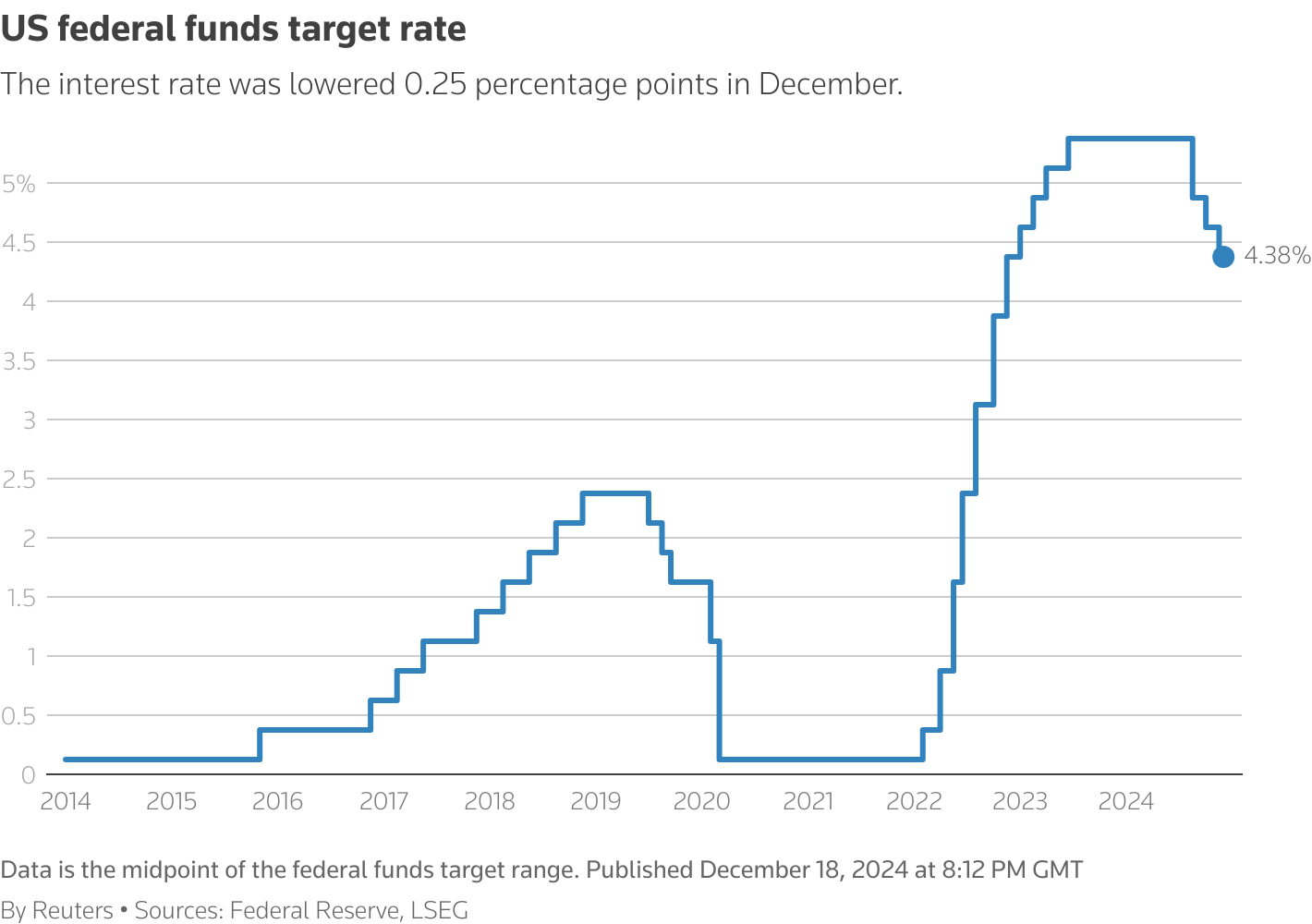The Dollar is Starting to Crack
Why I Think the Dollar Is Poised to Weaken and What It Means for Global Markets
For the past decade, the U.S. dollar has reigned supreme as the world’s most powerful currency. Its strength has been fueled by a combination of aggressive monetary tightening by the Federal Reserve, global economic instability, and the sheer gravitational pull of the U.S. economy. However, I firmly believe that we are approaching a critical inflection point—one that could mark the beginning of a significant shift in global markets and currencies.
This isn’t just a temporary blip on the radar. The case for a weaker dollar is rooted in structural factors that are unlikely to reverse anytime soon. And if my analysis proves correct, the implications for investors—and particularly those with interests in emerging markets (EM) and China—could be profound
1. The Forces Driving the Dollar’s Decline
Let’s start by unpacking the macroeconomic and geopolitical forces that are conspiring to weaken the dollar. The first and most immediate factor is the Federal Reserve’s recent pivot from aggressive rate hikes to a more measured approach.
The Fed’s rate-tightening cycle, which began in early 2022, has been a major driver of dollar strength. This cycle was initiated in response to surging inflation, which was fueled by post-pandemic stimulus measures, supply chain disruptions, and geopolitical tensions. However, as of January 2025, the inflationary pressures have begun to ease, with the U.S. Consumer Price Index (CPI) currently hovering around ~3.5%, down from its peak of over ~9% in 2022. With inflation now trending downward and economic growth showing signs of moderating, the era of aggressive hikes is over. The Fed has signaled that it will now adopt a more cautious approach, focusing on controlling inflation without stifling economic activity.
This shift in monetary policy has significant implications for global markets, as a softer U.S. dollar could make exports more competitive and ease financial conditions for emerging markets. Furthermore, the Fed’s focus on balancing inflation control with economic growth is likely to influence global capital flows, potentially reshaping the economic landscape in the coming months.
Political Landscape (Trump)
No discussion of the dollar’s trajectory would be complete without considering the political landscape. Enter Donald Trump, a wildcard in any conversation about U.S. economic policy. Much to the surprise of many, Trump has softened his rhetoric toward China, signaling a potential shift in U.S.-China trade dynamics. This is no small thing, as trade tensions have been a major driver of the dollar’s strength over the past few years.
Keep reading with a 7-day free trial
Subscribe to Coughlin Capital to keep reading this post and get 7 days of free access to the full post archives.




